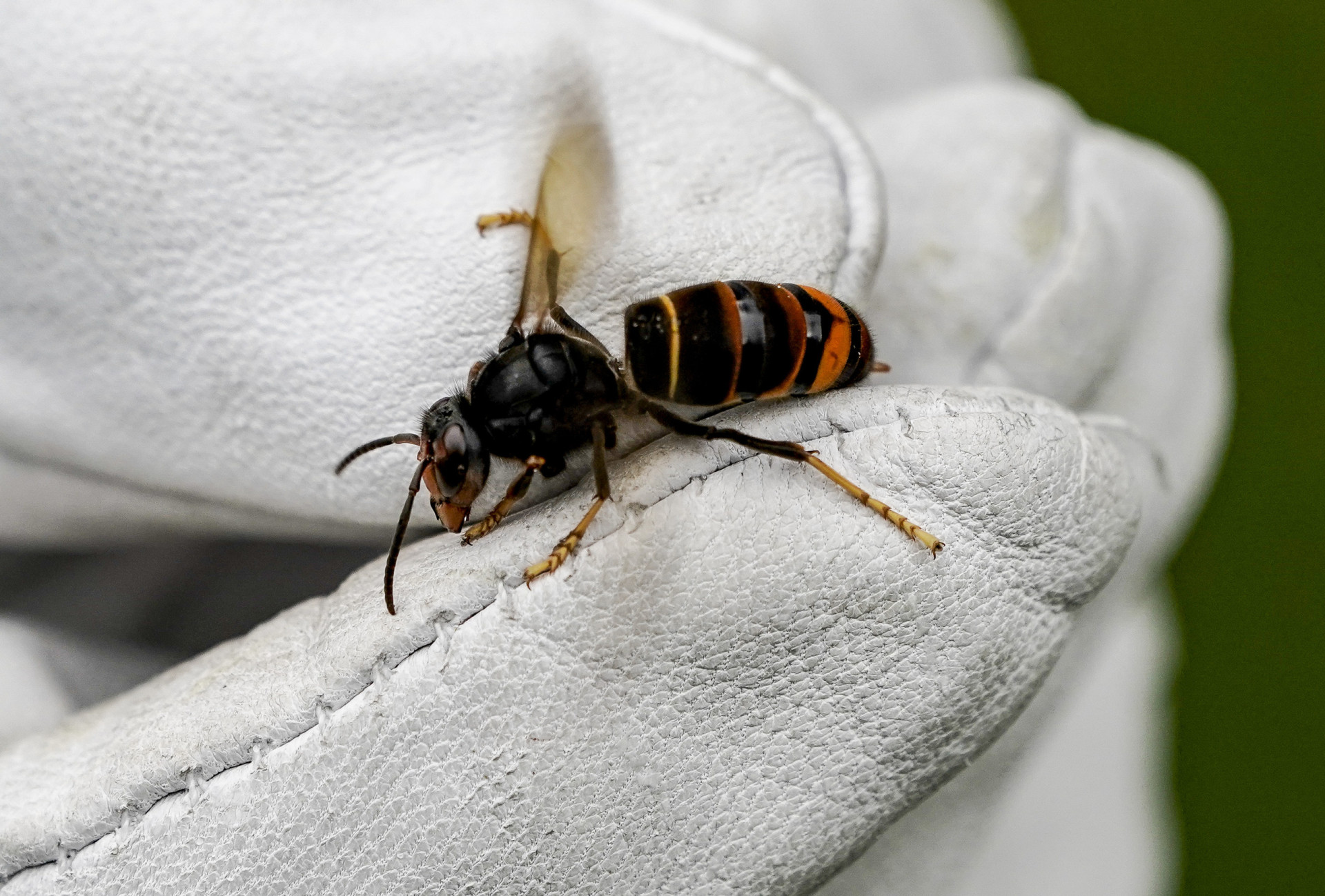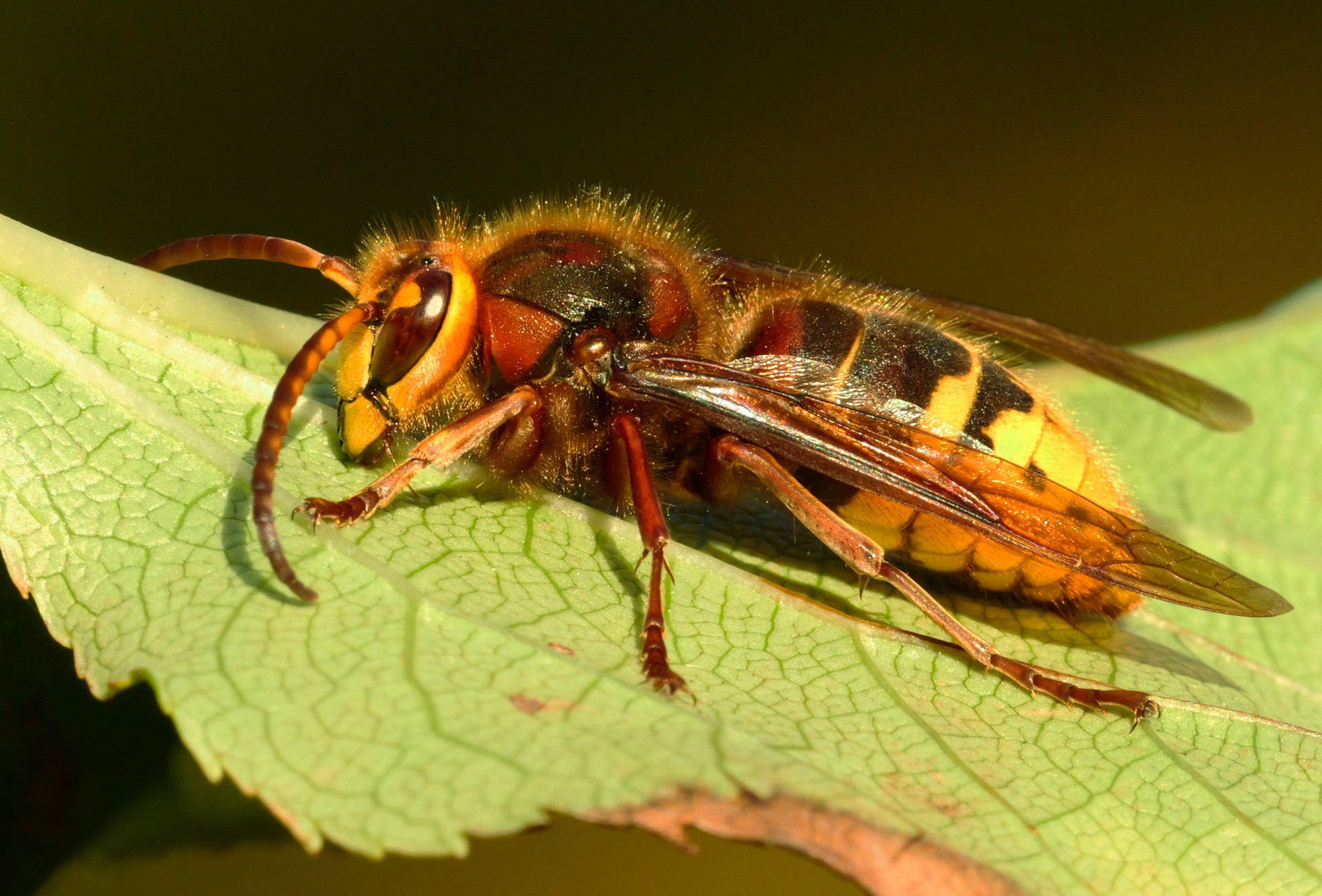The presence of the Vespa velutina nigrithorax, widely known as the Asian hornet, often causes alarm, as its stings can sometimes lead to fatalities, as witnessed this past weekend in Paredes de Coura, in the district of Viana do Castelo.
Since this species is most commonly discussed during the summer—originating from tropical and subtropical regions of northern India, eastern China, Indochina, and the Indonesian archipelago—it is crucial to stay informed about it.
From its presence to what actions to take if stung, here is the current information regarding this species.
How did it arrive in Portugal?
The Instituto da Conservação da Natureza e das Florestas (ICNF) states, “It was involuntarily introduced in Europe in 2004 in France, with its presence first confirmed in Spain in 2010, and in Portugal and Belgium in 2011, followed by Italy at the end of 2012.”
Specialists provide details on their website, explaining that large nests are typically constructed in spring, “preferably in high and isolated spots.”
“In areas where they occur, be it rural or urban, one can observe large nests housing several hundred hornets from May onwards, located in trees and built structures. They differ from the European species Vespa crabro by the color of their abdomen, darker in the Asian hornet, and the yellow color of their legs.,” details the ICNF.
The impact of this species manifests in multiple areas—from beekeeping, given that it is “a carnivorous species and predator of bees,” to public safety: “Despite not being more aggressive than the European species, they react aggressively if their nests feel threatened, including pursuing intruders for several hundred meters.”
For more specific information, particularly on how to report the presence of Asian hornet nests in Portugal, visit the ICNF website here.
From identification to action
DECO PROteste published an article in April, providing information about this species, including how to identify more dangerous situations.
“The Vespa velutinas (or Asian hornets) are not significantly more dangerous to humans than other species, such as European hornets,” the article states, while noting the risk of anaphylactic shock from stings that, “if not quickly treated, can result in death.”
Signs of anaphylactic shock
- Generalized itching, especially on the soles of the feet and palms of the hands;
- Urticaria, or hives, appearing as a rash with small pink or red bumps accompanied by a burning or itching sensation;
- Angioedema, manifesting as swelling where the skin is less tight, such as eyelids, lips, face, and neck. If it affects the larynx, angioedema can cause suffocation;
- Difficulty breathing due to bronchial constriction;
- Nausea, vomiting, or abdominal spasms;
- Dizziness or loss of consciousness due to a sudden drop in blood pressure;
- State of shock, with rapid pulse, irregular heart rhythm, and paleness.
What to do if stung?
The consumer protection association advises that in the event of a sting, the affected area should not be squeezed. “Do not squeeze the attacked area or use tweezers to avoid spreading the Asian hornet’s venom. The sting should be washed with soap and water,” they state.
“To alleviate pain and swelling, cool the affected area with a cold compress or ice wrapped in cloth. If necessary, take a painkiller (such as paracetamol or ibuprofen),” they continue, adding: “If you have an allergy to insect stings, experience difficulty in breathing, or your blood pressure drops, seek medical attention immediately.”
How to distinguish the hornets (and nests)?
“The Asian hornet is characterized by its predominantly black color with an orange stripe on the abdomen and a yellow stripe on the first abdominal segment. Its head is orange, and its legs yellow. It measures between 17 and 32 millimeters,” reads the article by DECO PROteste (image below).

Meanwhile, the European hornet, shown below, “has a predominantly yellow abdomen with black stripes. Its head is yellow when viewed from the front and red when viewed from above. The thorax and legs are black and reddish-brown. Worker hornets of this species measure between 18 and 23 millimeters, and queen hornets measure between 25 and 33 millimeters.”





